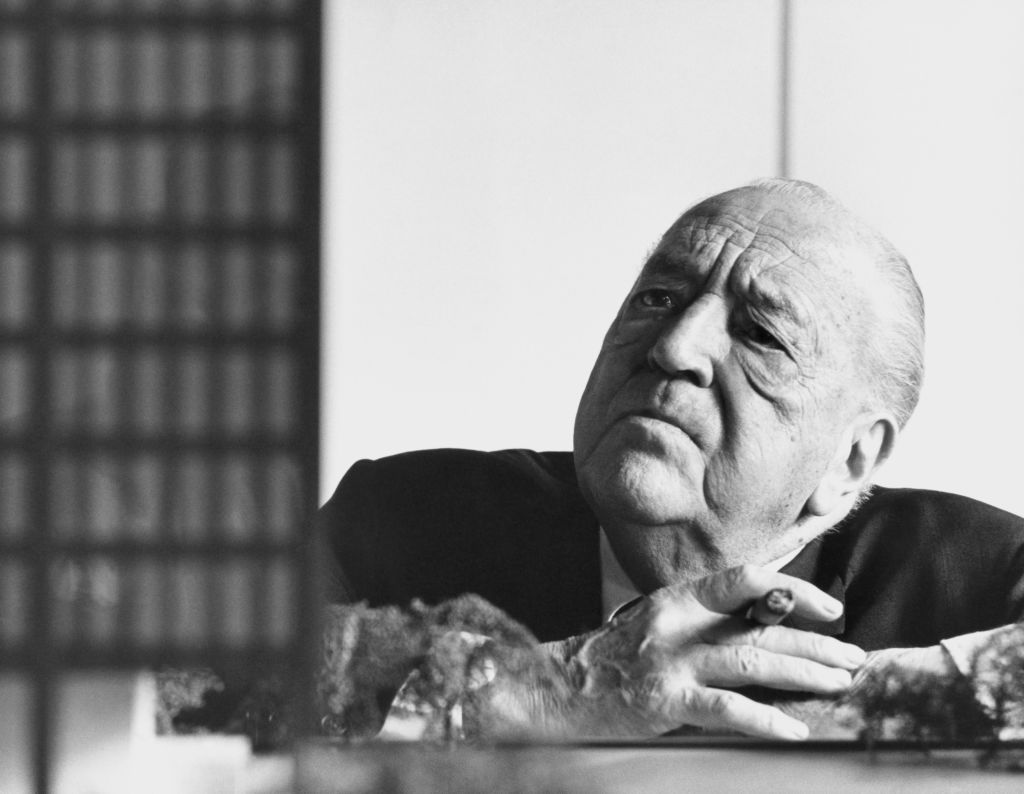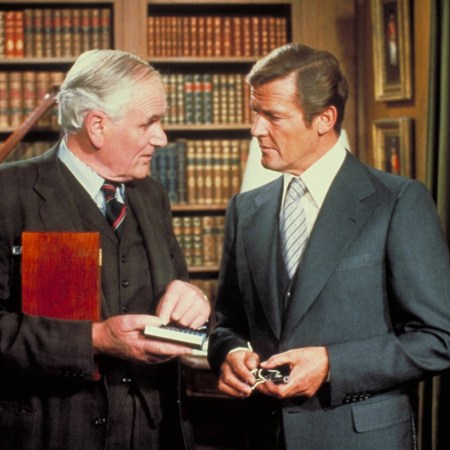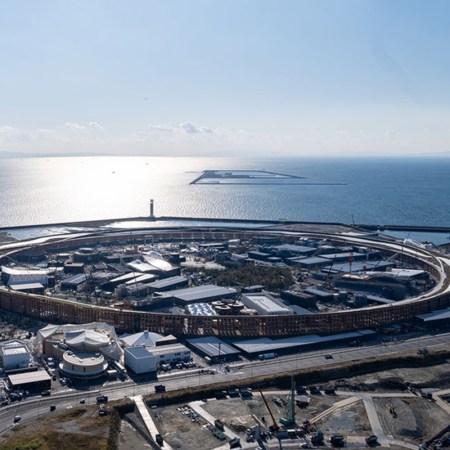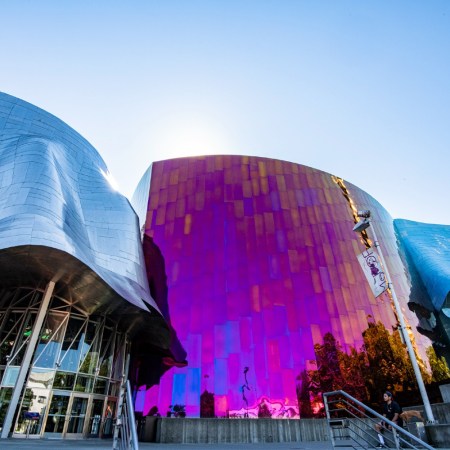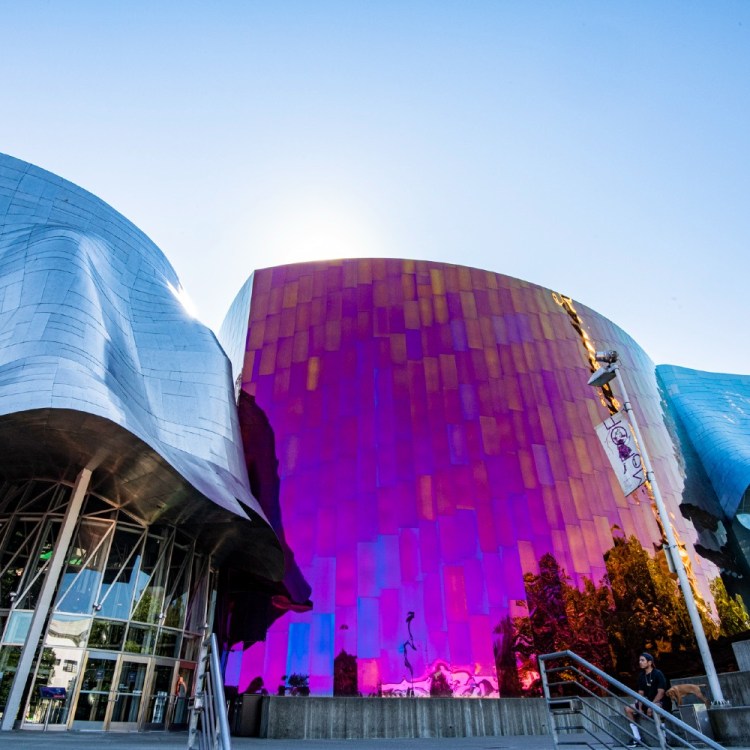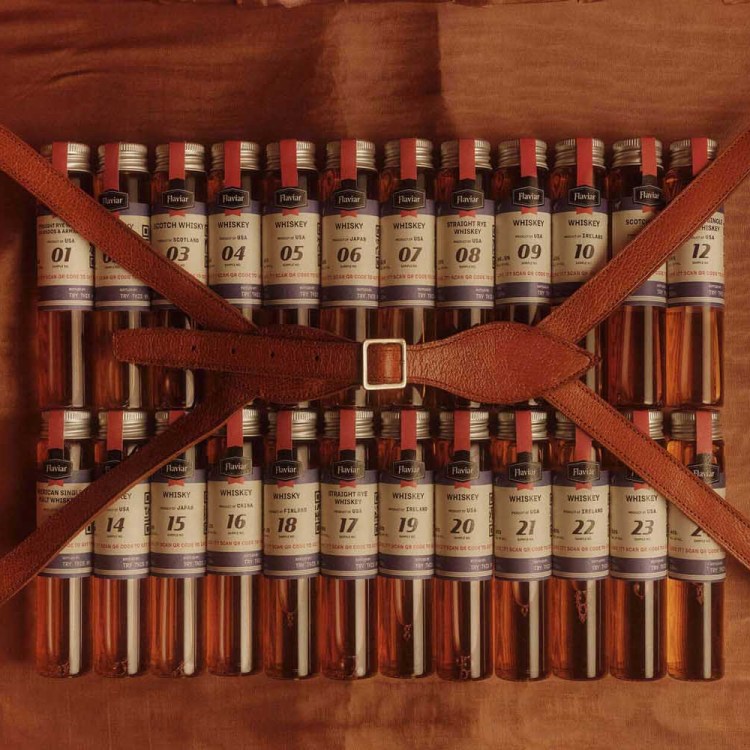When a previously unbuilt work by a major architect becomes a reality, it’s a significant moment in design history. This was certainly the case a few years ago when the Louis Kahn-designed Franklin D. Roosevelt Four Freedoms Park opened in New York City. And this year, it’s Ludwig Mies van der Rohe’s turn. A building he designed decades ago has just opened its doors. Not bad for an architect who died in 1969.
An article at Hyperallergic has more information about the building, which will be the home to a number of offices and workshop spaces for Indiana University’s Eskenazi School of Art, Architecture + Design. And while that seems like an understandable blend of architectural history with architectural education, the building was originally designed with a very different purpose in mind.
As the article observes, the building was originally commissioned in the 1950s to be a frat house for a chapter of Pi Lambda Phi. The necessary funds were never raised to build it, and the project languished. Eventually, the plans were found in the mid-1980s after the death of a onetime fraternity president and were donated to the Museum of Modern Art.
Several more decades passed before Sidney Eskenazi, the lawyer and real-estate developer for whom Indiana University’s architecture school is named, learned of the plans. The article notes that he was also a member of the fraternity that would have been housed there; I believe this is what’s known as serendipity. Sidney and his wife Lois donated $20 million to the project, and construction commenced in the summer of 2020.
Now it is finally open — and an architectural deep cut is out in the world.
Thanks for reading InsideHook. Sign up for our daily newsletter and be in the know.
